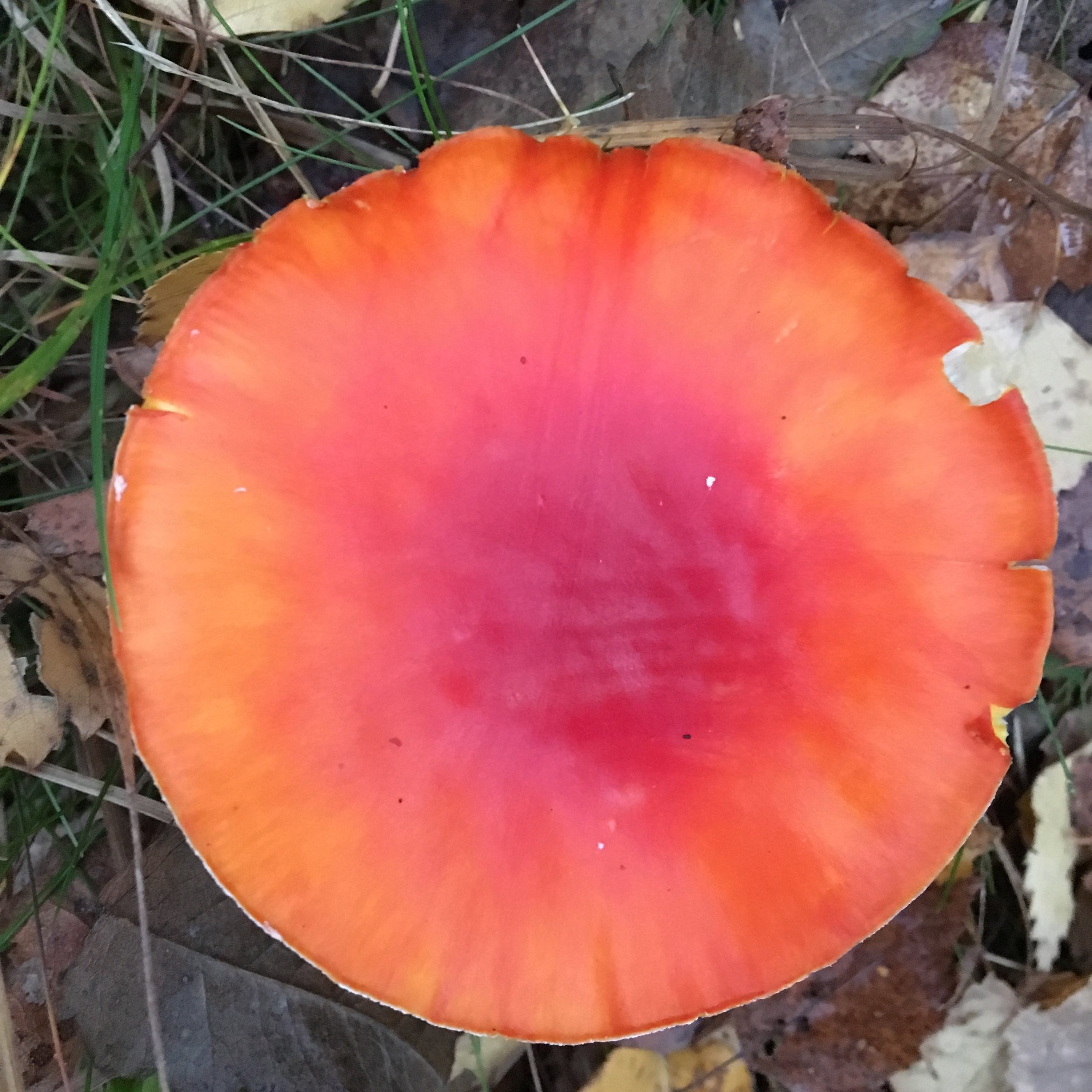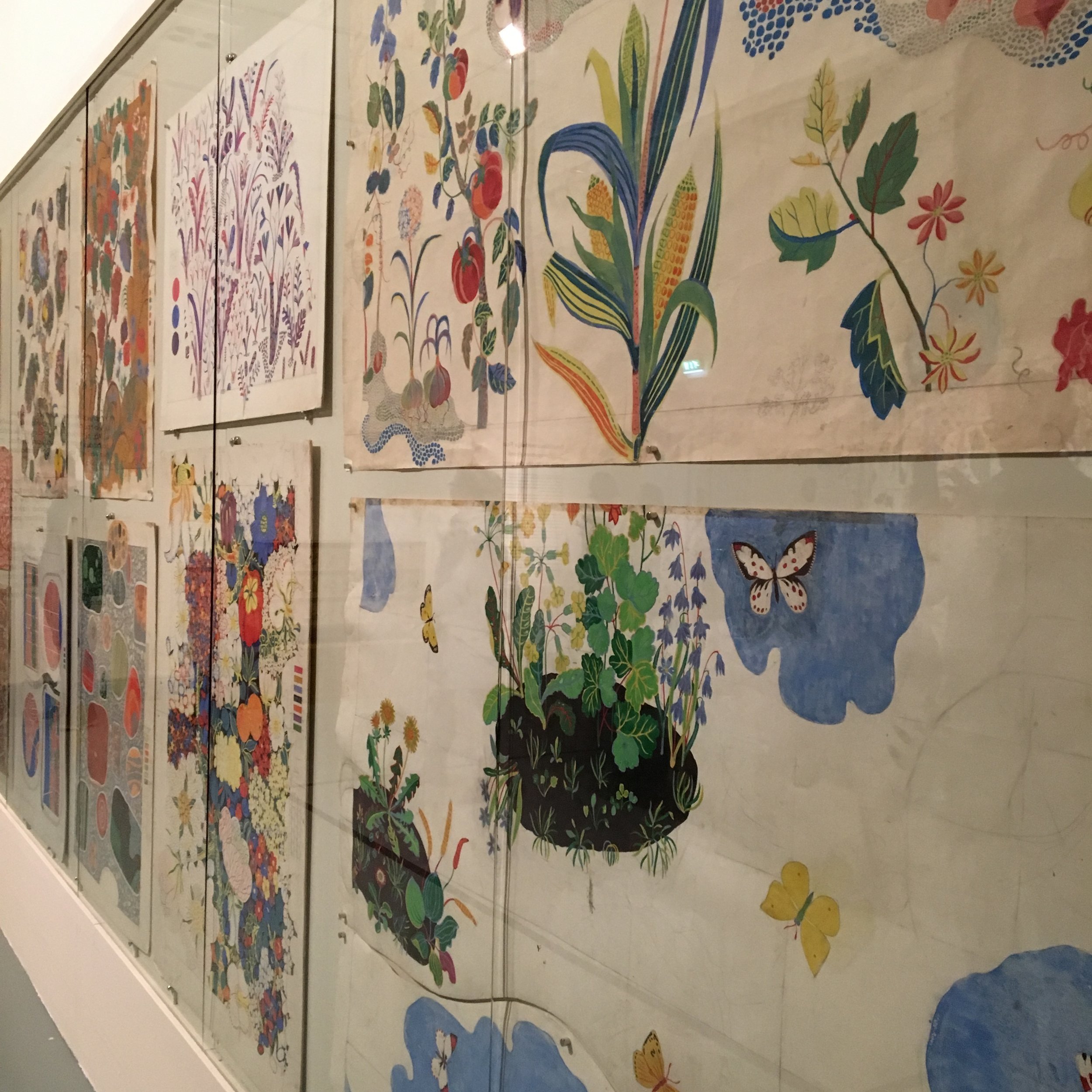I’m continuing to digest all of the magical natural features of Finland!
Mini Forest. just look at all that texture and color in a 2”x2” square!

who wouldn’t be inspired by these moss blanketed boulders and escaped verticals?
I’m continuing to digest all of the magical natural features of Finland!




Mini Forest. just look at all that texture and color in a 2”x2” square!
You’ll hear many artists, including myself using words like ‘inquiry’, ‘investigation’ and ‘exploration’ when talking about a body of work. That’s because for some of us, working through a process is how we come to understand the world around us. Working with hands and mind, together with materials, allows us to ‘try on’ a number of ideas, before deciding which is right for what we want our art to say and do.

That’s why I focused on outcomes (I love that word, because it allows unexpected discoveries!) that are preparation for finished works. Here’s what I accomplished during this residency:
Transcription (handwritten) of 3 conversations. Trials of mechanical transcription services https://transcribe.wreally.com and https://www.happyscribe.co. Happy scribe was much easier to use and had better results. Indexing of 5 conversations.
Expression of the recordings into 25 thumbnails and 15 mixed media studies for larger works. My own story is how I capture the nuances of voice and conversation while listening and from the written transcriptions.
Researched transcription software and found it is not yet expressing the nuances of speech that add meaning to oral history. Discovered Tim Ingold on handwriting and The Life of Lines, and started reading The Golden Thread, a history of writing.
Developed a stitching practice by embroidering a poem in cursive and several typefaces, along with trying a variety of stitches. These samples were placed outdoors in the woods to become part of a bird’s nest, to mark a path, or to deteriorate naturally.

The Quiet Listeners by Laura Foley, from The Poetry of Presence. Six embroidered lines placed outside to mark the way, become nesting materials, and to deteriorate.
And more questions arose:
To type or not to type? So far, I’ve only pages of handwritten transcription. Manipulating digital text could easily create spaces/pauses, capture the rhythmn of conversation and express the texture of these oral communications.
How can I capture the rhythm and modulations of conversation in order to express the texture of these oral communications? Develop a key of sounds to visual symbols, similar to musical notation?
Can dimensional models further imbue the work with context and create intertexto works by weaving the conversations together?



At the end of the Residency at Arteles, I stopped Helsinki for a few days before continuing the journey back to Minneapolis. It was mostly grey, with a few typical dots of color.


An exhibition of work by Dog Design included these images and garments made with care labels were titled “do not bleach”, “mend when torn” and “keep away from fire” at Lokal+, a must-visit gallery/shop for Helsinki art+deisgn.




An import from Austria and Sweden, Joseph Frank at Design Museum Helsinki.

Boats, 1957, Stig Fredriksson

Text Composition, 1966, GoranAugustson
A couple of paintings I loved at the Helsinki Art Museum. I’m drawn to this period of abstract pattern and color studies. These two examples will work in somehow, especially the text composition on the right, with the dramatic scale variations and dimensional shadows.